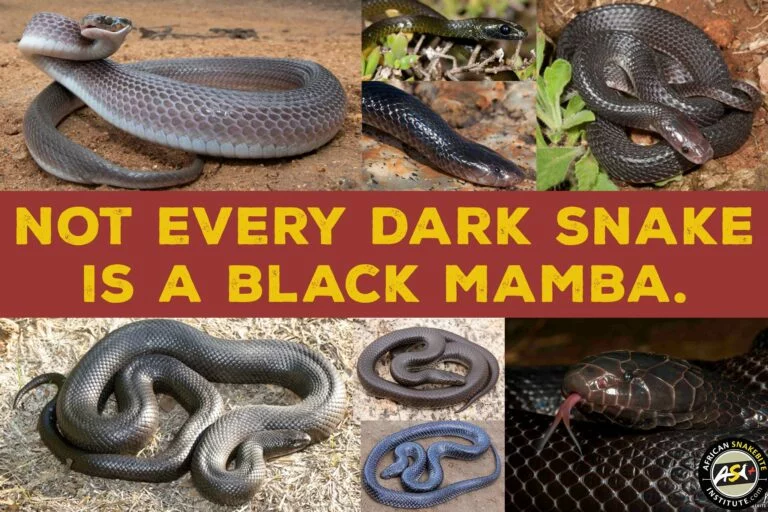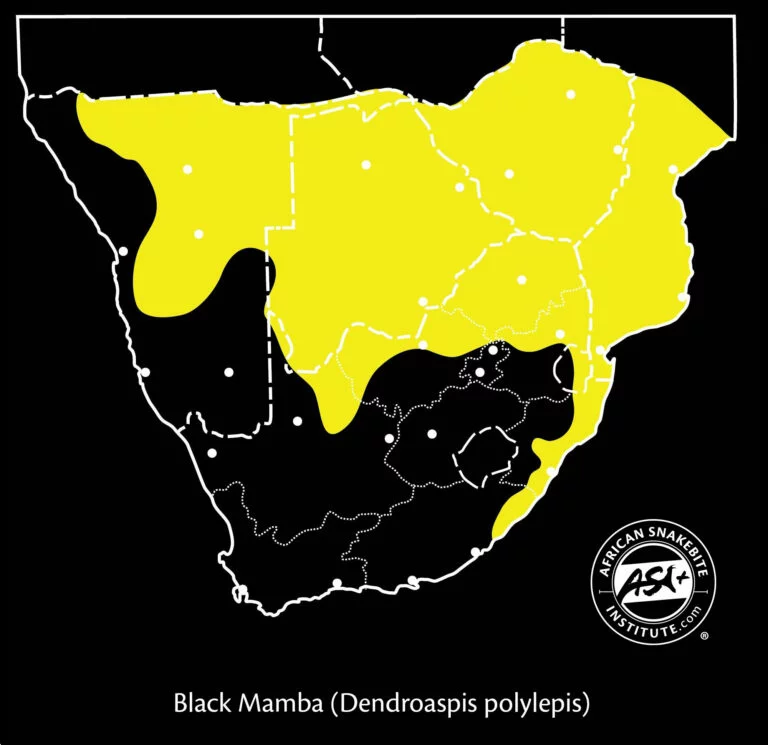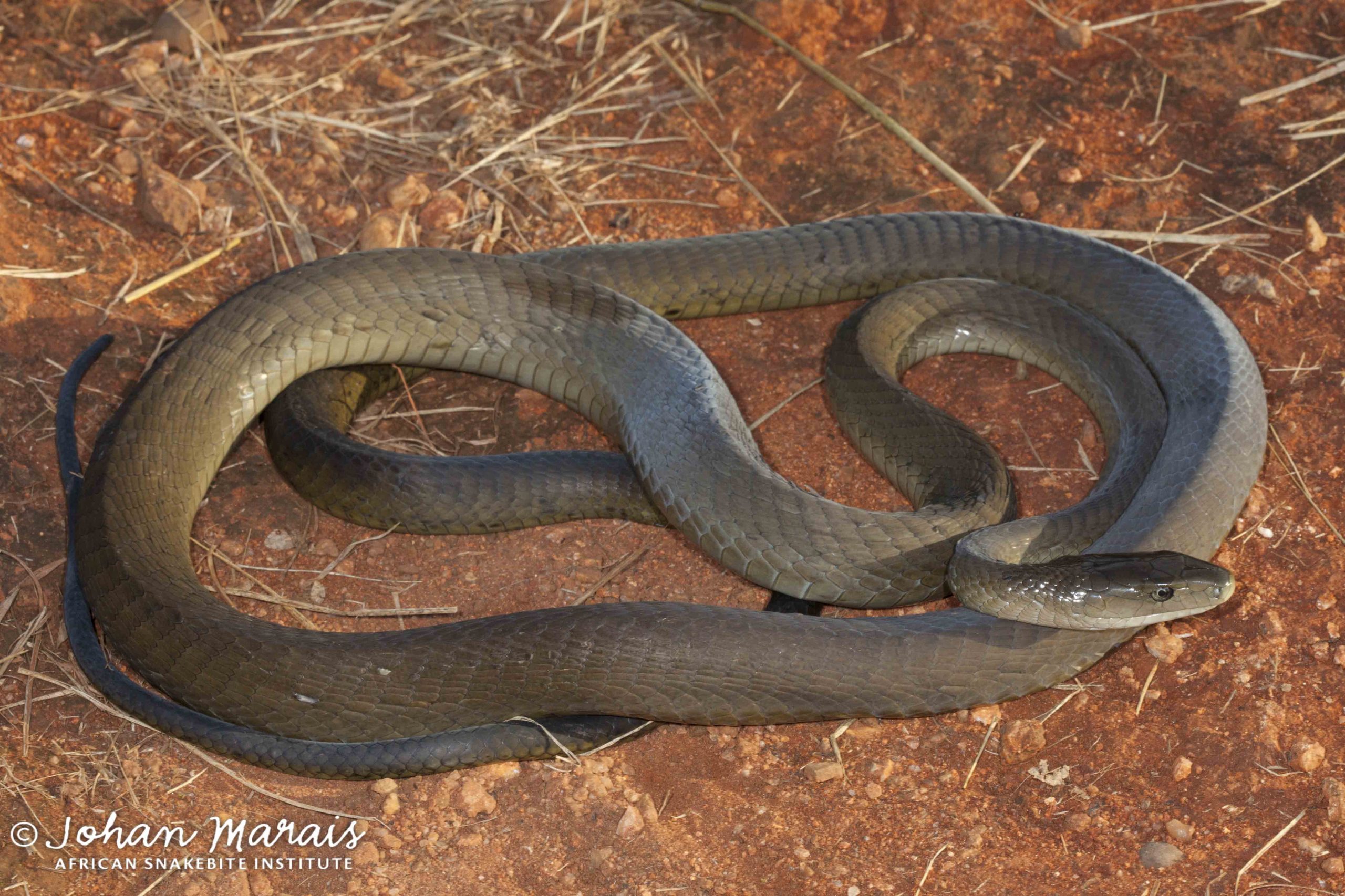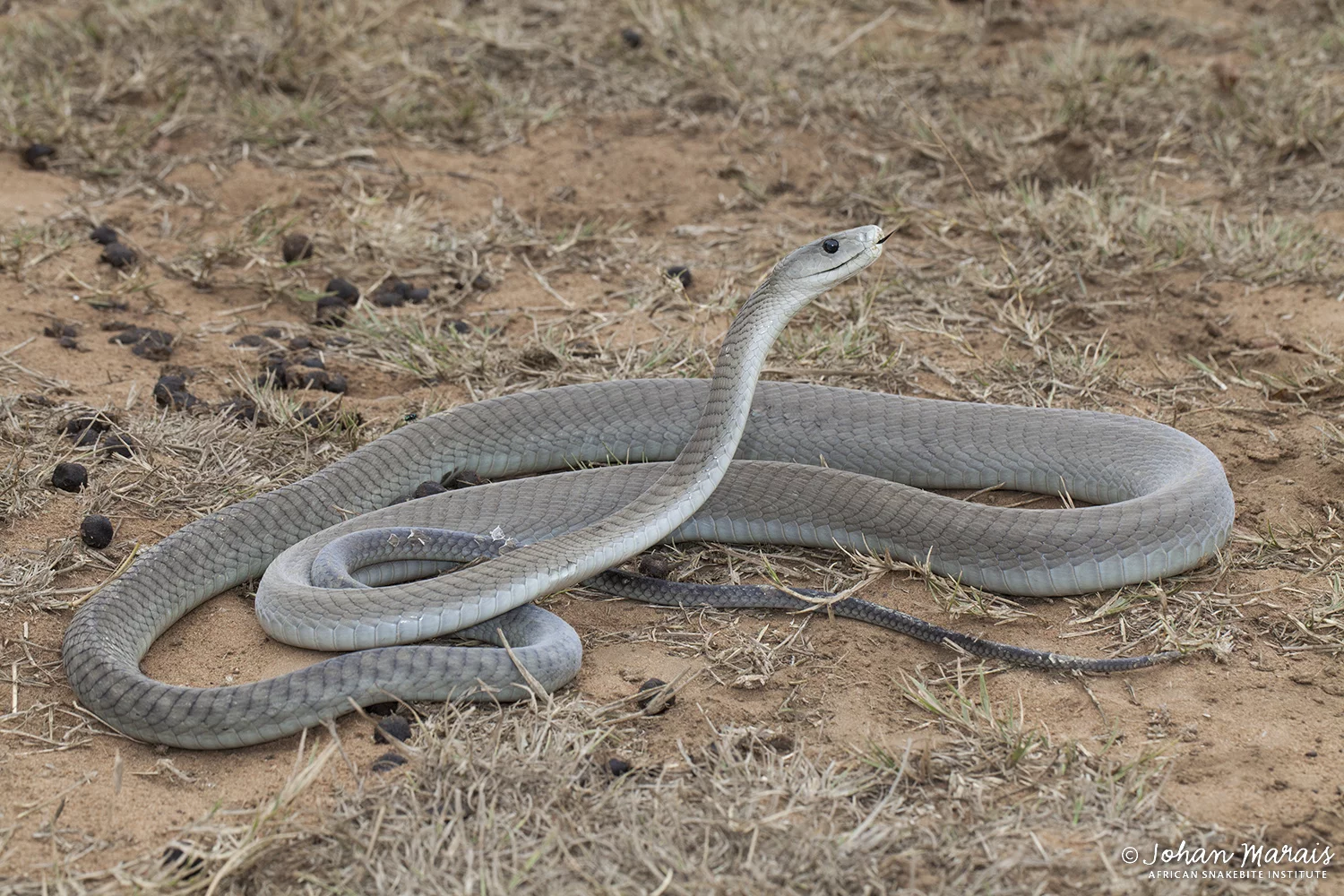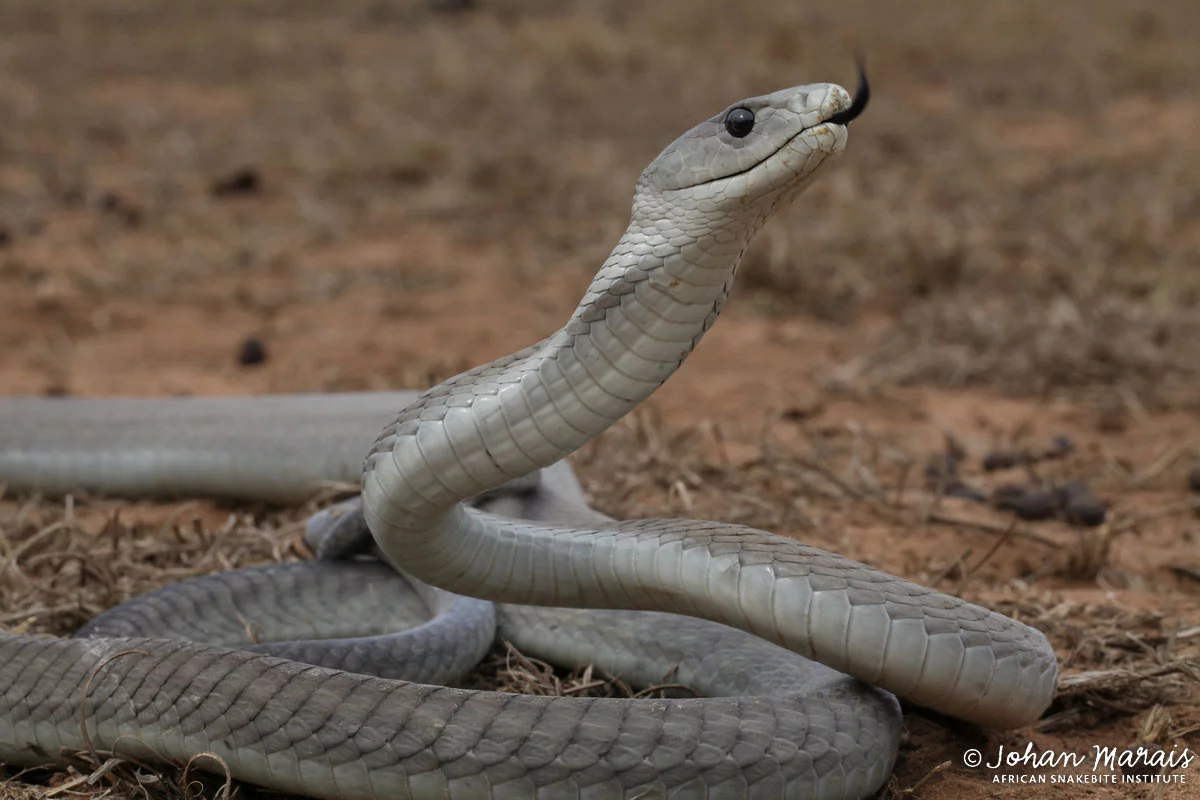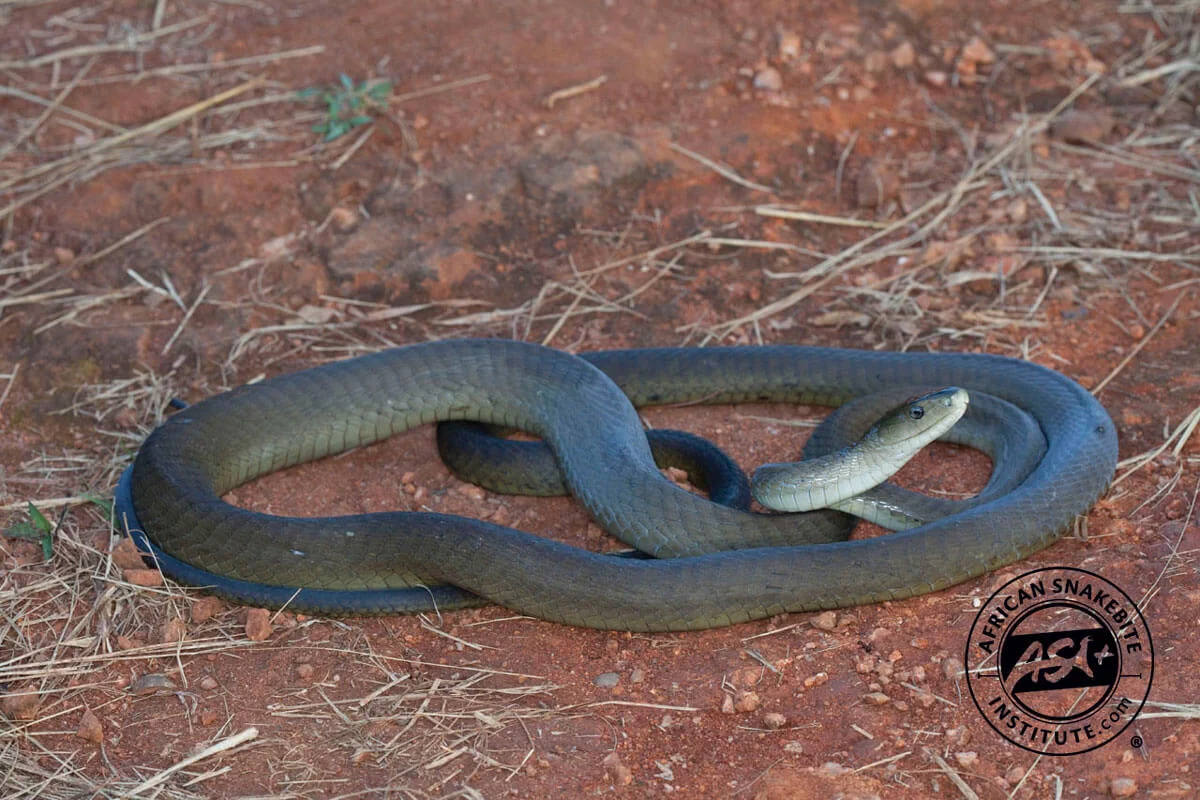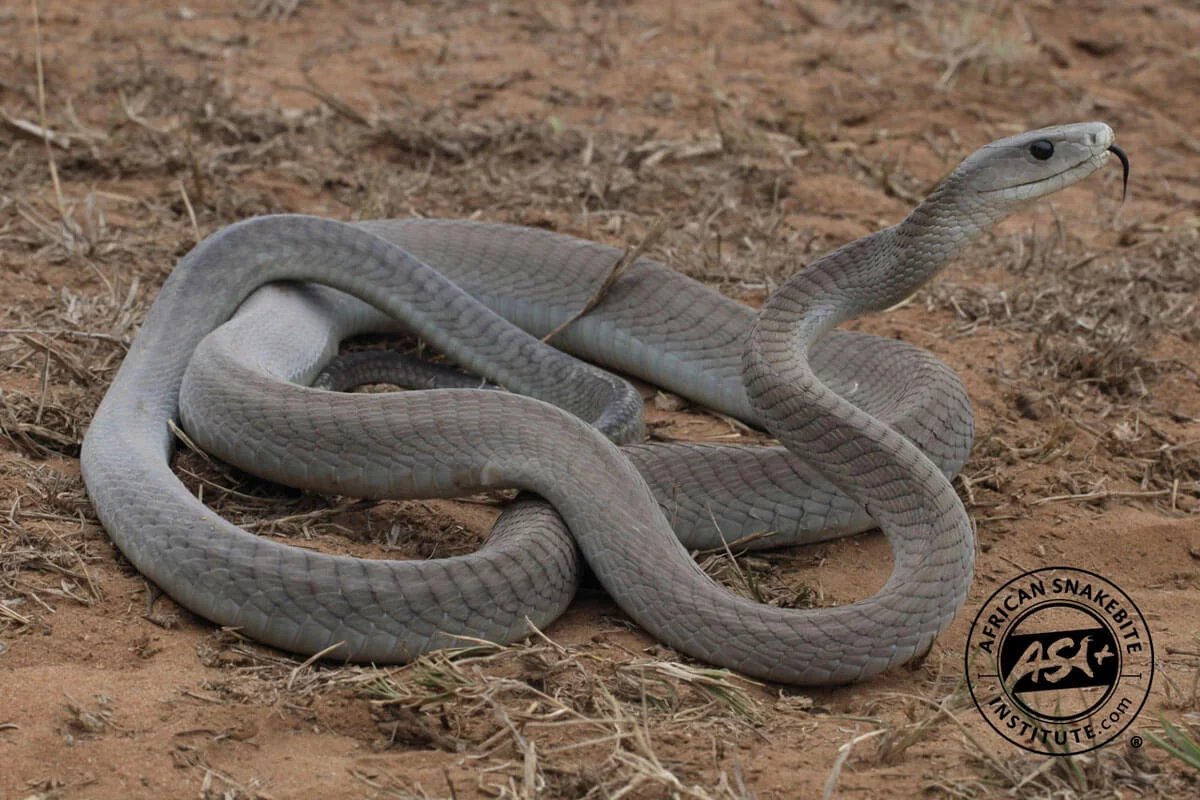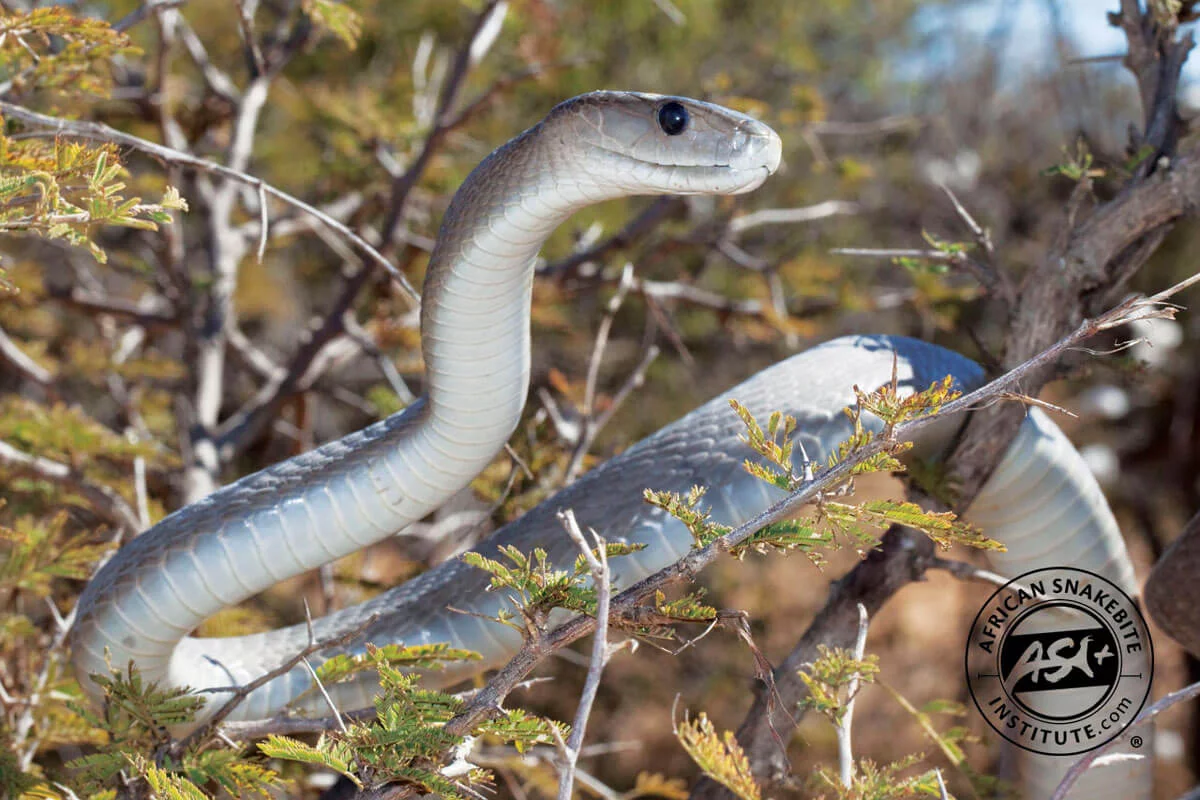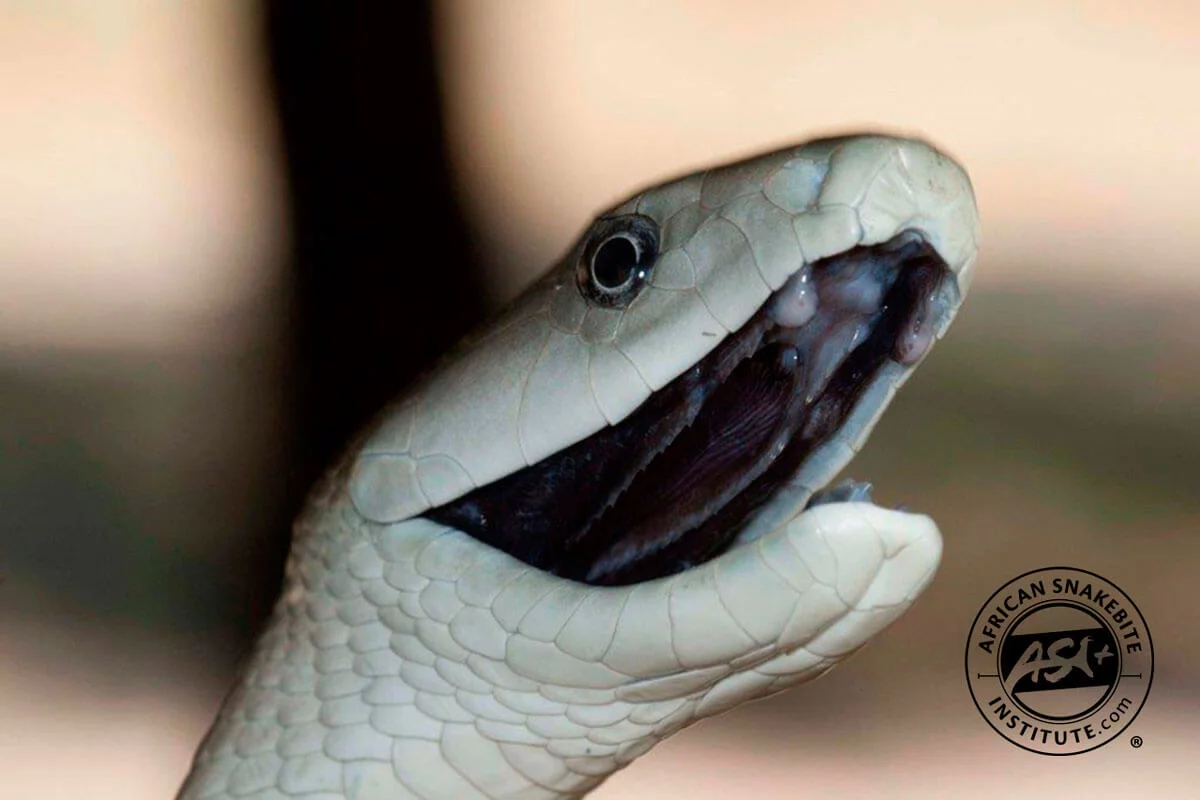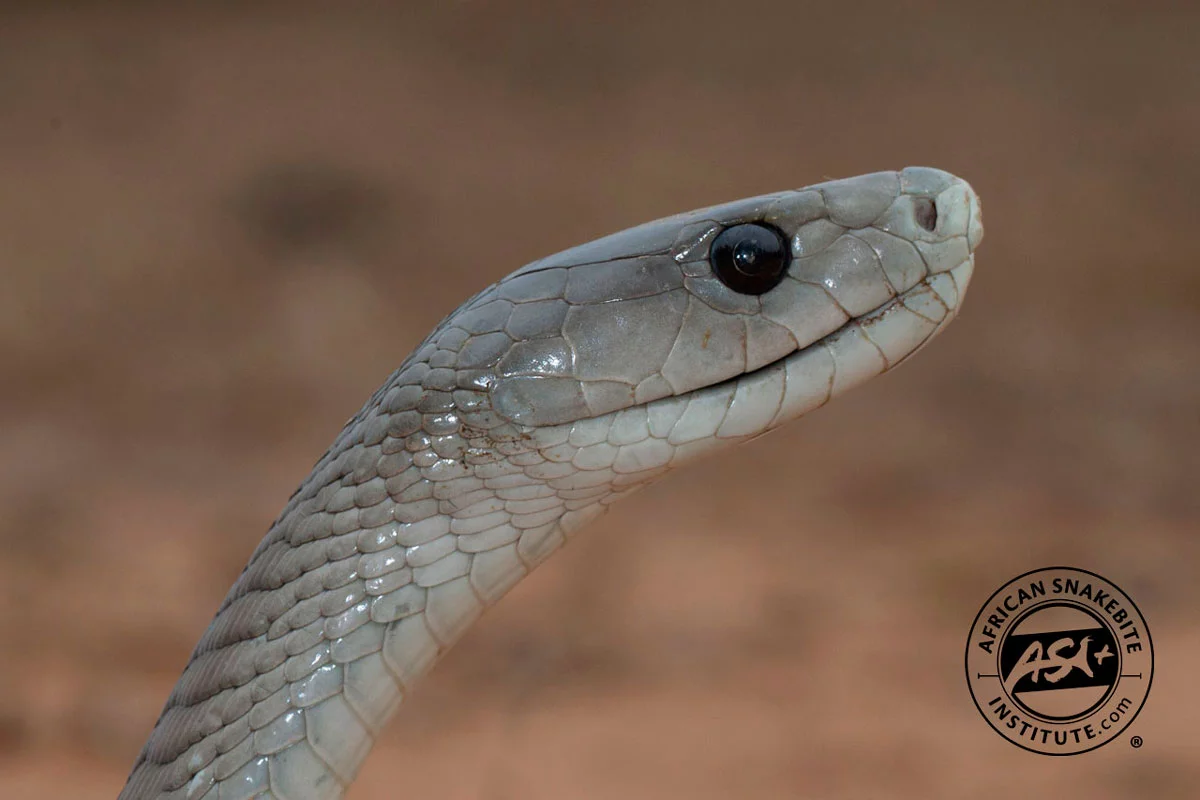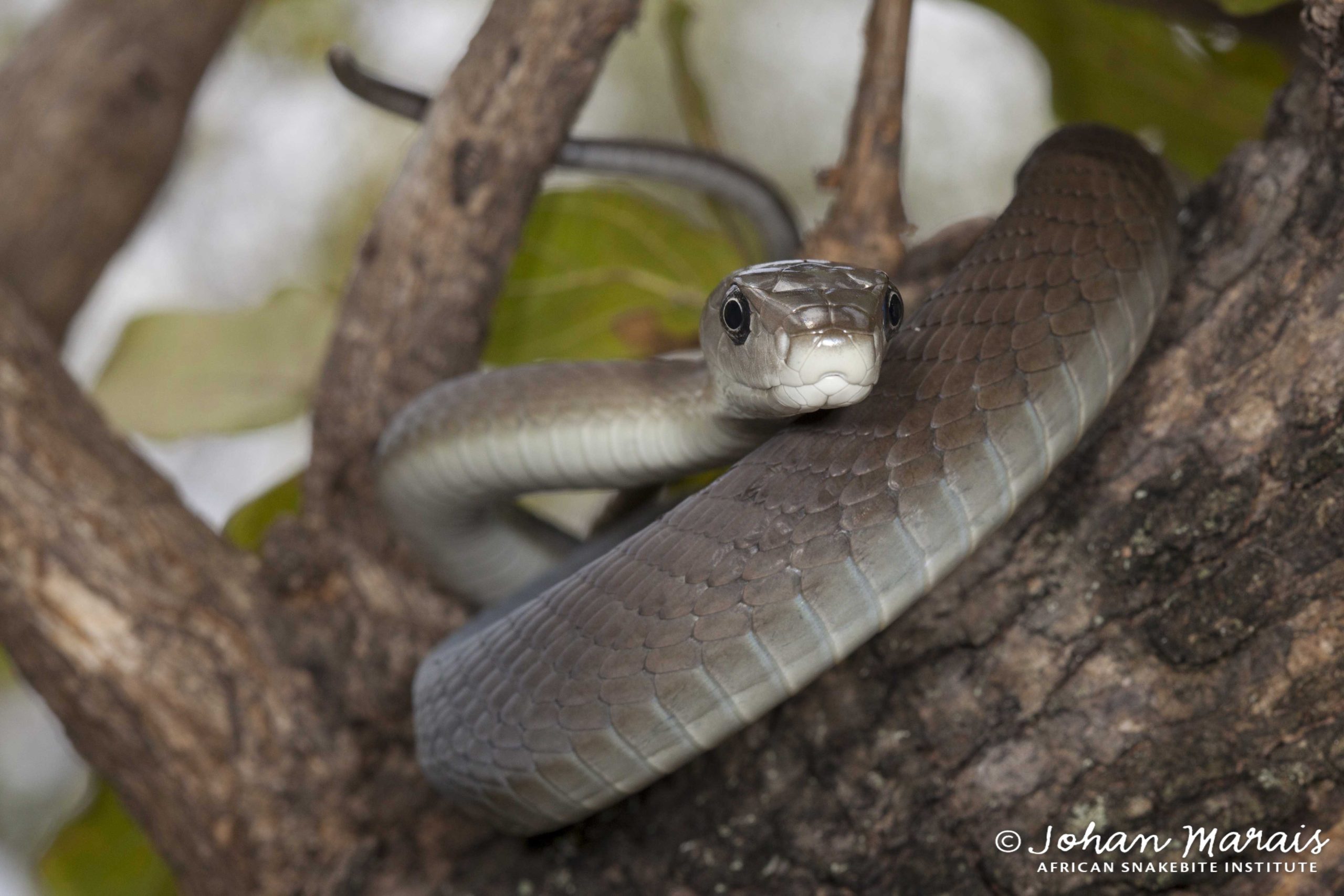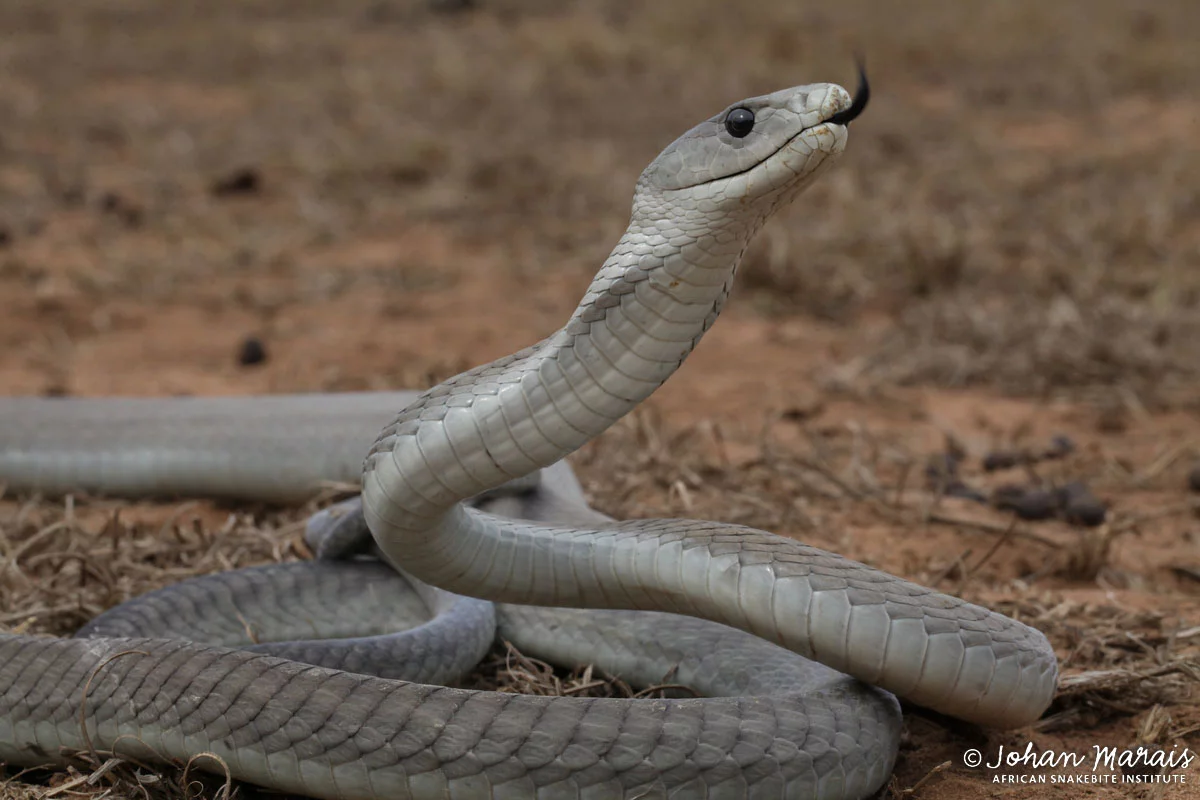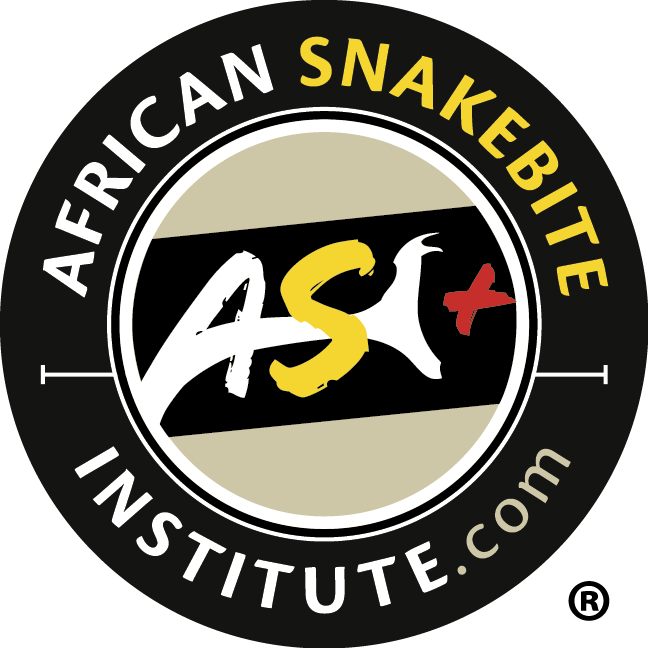We spend a lot of time on social media spreading snake awareness and education and one of the comments we see most often on any photograph of a darkish snake is “it’s a Black Mamba!”.
There is no denying that the Black Mamba’s reputation spreads far and wide throughout Africa. It is a large, quick, and highly venomous snake, and nearly everybody has a story about the notorious Black Mamba.
As part of our snake awareness initiative, we’ve put together a list of key points to keep in mind when identifying small dark snakes.
Why it’s not a Black Mamba
Distribution
The first rule in identifying snakes is locality. Black Mambas have a wide distribution in southern Africa, but do not occur in the Western Cape province or the Free State. They have a limited distribution in the Eastern and Northern Cape and just enter the extreme northern parts of Gauteng.
Having said this – there is always the possibility of snakes “hitchhiking” to another area on transport trucks or vehicles. There is also the possibility of an escaped captive snake ending up in your garden.
The distribution of the Black Mamba, like that of most snakes, is largely linked to habitat, temperature, food availability and elevation. Mambas prefer warmer climates usually in bushveld habitat or rocky areas around coastal forests. They are often absent from grassland especially at higher elevations, and where there is frost in winter or even snow. This makes areas like the Free State or Western Cape unsuitable for Black Mambas.

